Burn a Disc Image
Burning a disc from an image file—an exact copy of your CD or DVD saved on your hard drive—is a useful trick to learn. I’ve provided Mac OS X and Windows examples below.
OS X example: Disc Utility
Step 1. Click the Burn button.
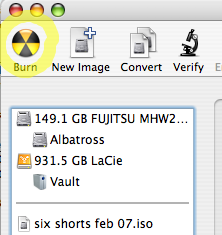
Step 2. Choose a disk image. (The standard file extension for disk images is .iso.)
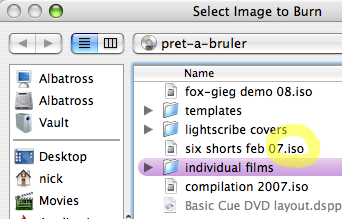
Step 3. Choose a speed and click Burn. Lower is better for audio and video; I never burn a video DVD at over 4x speed.
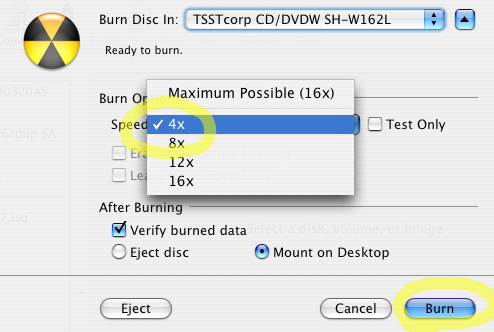
Windows example: EZ CD Creator
Step 1. Go to the File menu and choose Record CD from CD image.
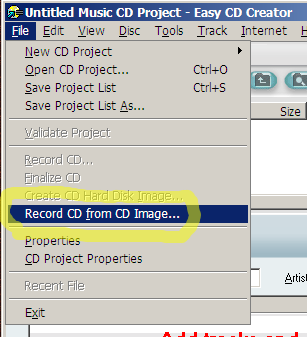
Step 2. Pick ISO image files from the drop-down menu, and choose an image file.
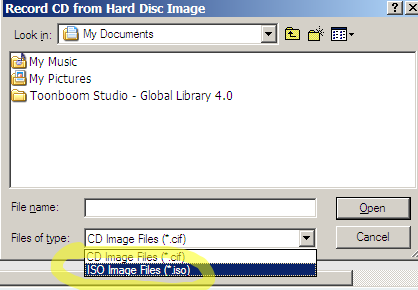
Step 3. Choose a recording speed, enable Buffer Underrun Prevention, and click Start Recording.
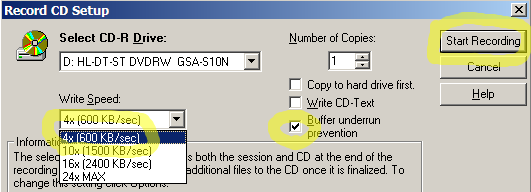
Copy and Paste Frames
Saturday January 10th 2009, 2:44 pm
Filed under:
Flash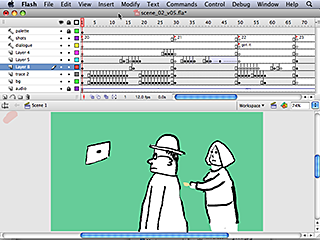
(click to play)
Here’s a video tutorial on how to copy and paste blocks of frames on the timeline in Flash. This is a great way to move large amounts of content between FLA project files–and you don’t have to dig around in the Library panel, either.
What’s Compression?
Monday January 05th 2009, 4:05 pm
Filed under:
ConceptsMy tutorial What’s 24-bit Color? explains how a computer draws an image, by flipping billions of microscopic switches. Compression, in a nutshell, means a way to flip fewer switches but get the same, or approximately the same, result.
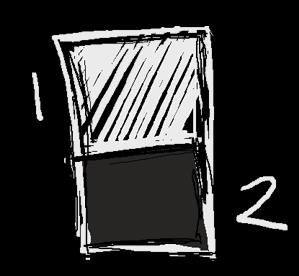
Your average digital still camera, for instance, automatically compresses the images it shoots. Without compression, you would need to flip about 150 million switches on your memory card to save a six-megapixel photo. But the camera feeds numbers representing the image’s grid of colored dots through a series of equations, and comes up with a way to save your photograph using perhaps only 20 or 25 million switches. That means the final file takes up less space on your memory card–and if the math is clever enough, your eye might not be able to see any difference between it and the original.
If you’re interested in learning more, AVPreserve has a detailed description of this process. But for a useful everyday analogy, just look at a page of sheet music:
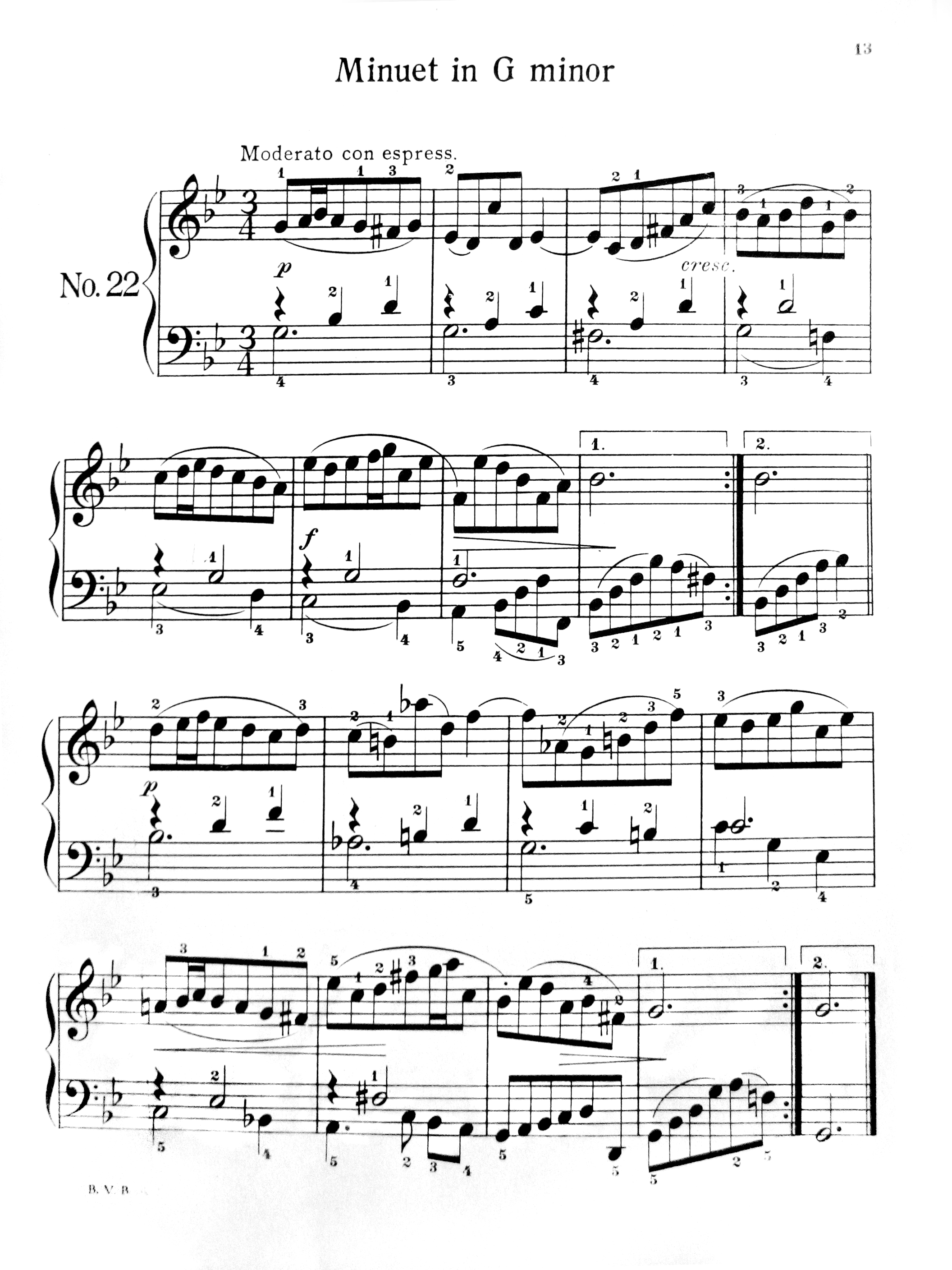
See the repeat signs–those heavy vertical black lines with pairs of dots?

Before printing, when music was all copied by hand, composers invented a number of special instructions to save the copyists time. The repeat sign is one of these. The composer figures out which parts of the piece repeat themselves, and replaces them with a repeat sign that takes up much less space on the page. Here, a piece of music taking up two pages is reduced to one. If all the repeat signs were taken out, it would look something like this:

And that’s pretty much how the simplest kinds of compression work–millions, billions, and trillions of times over. For an explanation of more complex approaches, like H.264, see here.
Hand Trace a Photo
Thursday January 01st 2009, 4:34 pm
Filed under:
Flash
(click to play)
Here’s a video tutorial on how to import and hand-trace a photo in Flash.













